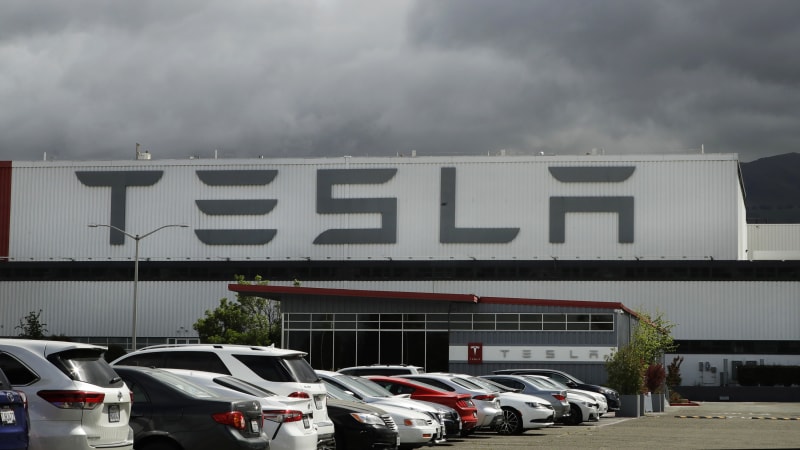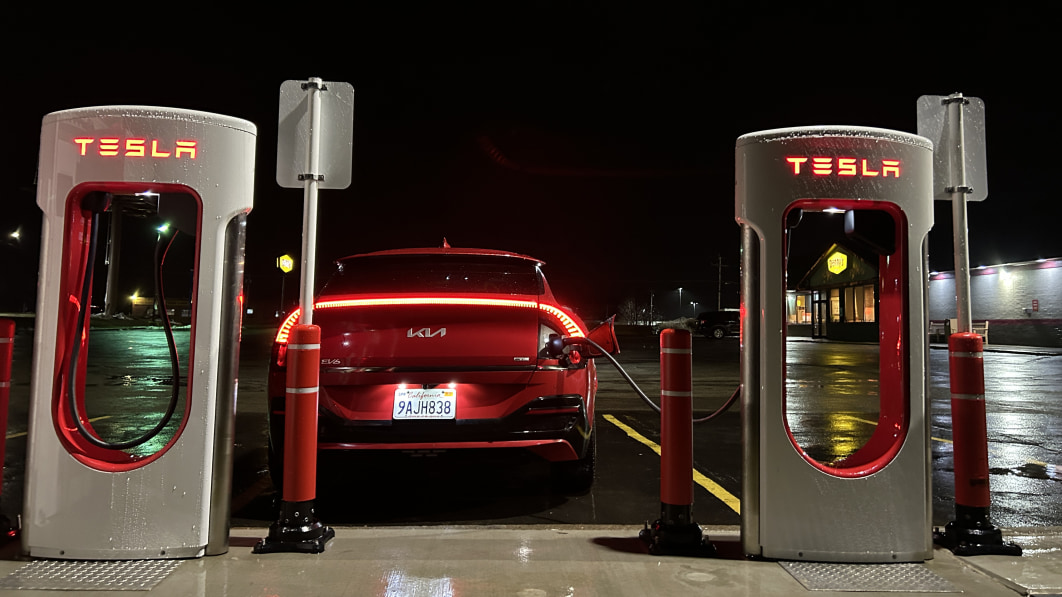XPeng forecast its deliveries would drop about 46% in the first quarter, but expects to rebound in the second half with a steady stream of new product launches. |
XPeng US
|
XPeng HK

(Image credit: CnEVPost)
This article by Trevor Mo was first published in The Bamboo Works, which provides news on Chinese companies listed in Hong Kong and the United States, with a strong focus on mid-cap and also pre-IPO companies.
Key Takeaways:
- Former highflyer XPeng's electric vehicle deliveries grew just 23% last year, down from the triple-digit growth in the previous two years
- Management says things will improve this year, but first the company must survive a bloody price war throttling China's EV sector
Last year was a tough one for former electric vehicle (EV) highflyer XPeng Inc. (XPEV.US, 9868.HK), which stumbled badly in the second half of the year on a series of major missteps. But investors seem to be buying into the company's newly detailed comeback story, driving up its valuation ratios past its top two rivals in the days after its latest results announcement.
Only time will tell if the rally is justified, following a dismal 2022 that XPeng would probably rather forget. In the race for buyers in China's ultra-competitive electric vehicle (EV) market, XPeng spent last year falling further behind its two main rivals, Li Auto (LI.US; 2015.HK) and NIO (NIO.US; 9866.HK), as its losses also ballooned.
XPeng's revenue rose by a modest 28% to 27 billion yuan ($3.9 billion) for all 2022, according to its latest earnings report issued earlier this month. Its vehicle deliveries for the year rose by a similar 23% to 120,757 units, slowing sharply from the triple-digit growth in the previous two years. The company's net loss nearly doubled to 9 billion yuan, despite a drop in both sales and marketing and R&D expenses.
The annual slowdown covered up fourth-quarter results that looked far worse as the company rapidly lost momentum in the second half of the year. Its revenue fell 40% year-on-year during the quarter to 5.14 billion yuan, as its vehicle sales tumbled by an even larger 47%.
XPeng's vehicle deliveries for the year put it behind Li Auto and NIO, which delivered 133,246 and 122,486 units in 2022, respectively, according to their latest annual reports. XPeng fell to third in the race among that trio, all venture-funded startups, after leading the other two in 2021 with 98,155 EV deliveries, versus 90,500 for Li Auto and 91,400 for NIO.
XPeng's reversal of fortune owed to a series of missteps. The biggest was a sort of “identity crisis” for its flagship product, its midsize G9 SUV, which launched last September. The G9 was sold as a series with a range of prices from as little as 309,900 yuan to as much as 469,999 yuan, based on different configurations, such as driving range and software capability.
Such a strategy was meant to impress customers by offering a wide range of options. But it failed to make a splash, and the G9 sold a dismal 6,189 units in the final quarter of last year – a far cry from the 35,000 units XPeng had aimed to deliver by the end of 2022.
XPeng is grappling with a lack of consistency in its marketing strategy, said Wang Cun, an analyst with the China Automobile Dealers Association (CADA). "Its G9 models seek to target high-end customers with two of its largest competitors – NIO and Li Auto – in mind. But it definitely has yet to build up a high-end brand awareness among customers," said Wang.
Comeback brewing?
Despite the poor performance, investors greeted XPeng's latest earnings with enthusiasm. The company's shares ended up 6% the day of the announcement, and continued gaining in the following days. Its Hong Kong close of HK$9.62 last Friday was 15% higher than where it traded before its earnings release on March 17.
That rally lifted XPeng's shares to a price to sales (P/S) ratio to just over 4 times, ahead of NIO and Li Auto, at 2 and 3.37 times, respectively. Investors may have been encouraged by XPeng Chairman and CEO He Xiaopeng's positive outlook for 2023 after the difficulties in 2022.
"I believe XPeng is approaching an inflection point," said He, predicting a comeback for the company this year. "As we have clearly identified what our goals are and what our strengths and weaknesses are, we're now building recovery momentum in our sales and market share expansion."
He said XPeng had implemented a series of strategy adjustments to help regain its previous momentum. Central to that is an ongoing company restructuring, which began last October after the disappointing G9 rollout.
The restructuring aims to give XPeng a "flatter and more concentrated structure," He said, using a term that often implies layoffs through elimination of middle-management jobs.
But even if it can create a leaner, more efficient company, XPeng's road to recovery will be pocked with obstacles created by external market factors.
Most notably, China's EV market has started to slow considerably after several years of rapid expansion. New-energy vehicle (NEV) sales in China reached 933,000 units in the first two months this year.
That was up just 20.8% year-on-year, marking a sharp slowdown from a near doubling in sales for all of last year, after the expiration of national subsidies for NEV purchases at the end of 2022, according to the latest data from China Association of Automobile Manufactures.
The sharp slowdown touched off a price war that has rapidly heated up. It started with price cuts by Tesla (TSLA.US) late last year, which were quickly followed by nearly all major brands in China. Analysts have warned the price war could spark a long-anticipated consolidation in the Chinese EV industry, wiping out less competitive and smaller players.
XPeng hasn't been spared from the price war's effects, announcing discounts of up to 36,000 yuan for some of its models in late January. But those cuts have yet to translate to greater sales.
The company expects its vehicle deliveries to plummet 45% to 47.9% year-on-year during the current quarter to around 18,000 to 19,000 units, similar to the fourth-quarter decline rate, He said.
He added XPeng expects its deliveries to gradually pick up in the second half of the year with its launch of new models. Among those, the P7i – a new generation sedan to complement its earlier P7 model – started delivery this month. The company will also start shipping a G6 compact SUV in June, and a seven-seat multipurpose vehicle in the second half of the year.
CADA's Wang believes XPeng could stand a chance of catching its rivals, but only if it moves swiftly to rectify some of its missteps. Despite the difficult road ahead, Wang said XPeng is in a relatively good position to survive the current price war, with over 38 billion yuan in cash and short-term investments at the end of 2022.
XPeng Q4 earnings call: Key points of transcript
The post XPeng revs up for comeback after ending 2022 in the slow lane appeared first on CnEVPost.
For more articles, please visit CnEVPost.














